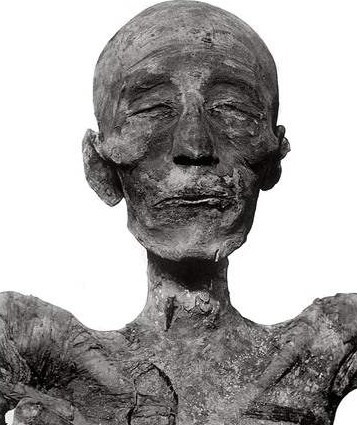Working to radically extend life is, in the big picture, a righteous thing to do, but some in the Immortality Industrial Complex have a tendency to overpromise. Some Transhumanists think healthy people will opt to have their hearts replaced by superior robotic ones inside a decade. Gerontologist Aubrey de Grey announced in 2004 that “the first person to live to 1,000 might be 60 already.” Ray Kurzweil takes handfuls of supplements each day because he believes we’re on the cusp of forever.
My friends, they are going to die as are the rest of us. It’s not that I believe none of their work can eventually aid healthier, longer lives, but there is no defensible reason to unduly excite hopes. It’s cruel, really.
A blow against those who hope for flash-and-blood immortality is “Evidence for a Limit to Human Lifespan,” a Nature article by Xiao Dong, Brandon Milholland and Jan Vijg, who crunched data for more than a century and noticed the length of the life at the upper edges had flatlined. Vijg, geneticist at the Albert Einstein College of Medicine, vows that “humans will never get older than 115.” A remark like that seems nearly as overconfident as de Grey’s, since none of us can imagine what will be possible one thousand, ten thousand, or one-hundred thousand years into the future if we’re not extincted by our own foolishness or bad luck.
From Carl Zimmer of the New York Times:
On Aug. 4, 1997, Jeanne Calment passed away in a nursing home in France. The Reaper comes for us all, of course, but he was in no hurry for Mrs. Calment. She died at age 122, setting a record for human longevity.
Jan Vijg doubts we will see the likes of her again. True, people have been living to greater ages over the past few decades. But now, he says, we have reached the upper limit of human longevity.
“It seems highly likely we have reached our ceiling,” said Dr. Vijg, an expert on aging at the Albert Einstein College of Medicine. “From now on, this is it. Humans will never get older than 115.”
Dr. Vijg and his graduate students Xiao Dong and Brandon Milholland published the evidence for this pessimistic prediction on Wednesday in the journal Nature. It’s the latest volley in a long-running debate among scientists about whether there’s a natural barrier to the human life span.•







